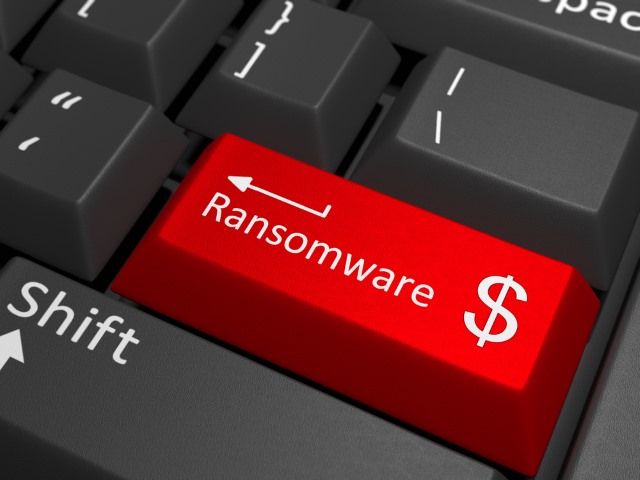The ransomware problem just keeps getting worse and worse

If it feels as though you've heard an awful lot about ransomware recently, that's because you have. It's a problem that just seems to be getting worse, and ESG -- the security outfit behind anti-malware program SpyHunter -- has released figures that shows April was the worst month ever recorded for ransomware in the US.
The rate of infection rocketed last month, with the numbers more than doubling when compared to March. While there have been a few high-profile cases of large businesses getting hit with ransomware, increasing numbers of ordinary people are also falling victim.
The reason for the jump is simply that ransomware works. "The more people give in to the demands, the more encouraged the ransomware makers become," says ESG spokesperson Ryan Gerding. The company reports that from January to February there was 19.37 percent increase in the number of instances of ransomware detected, and February to March saw a further increase of 9.46 percent.
But the jump from March to April -- a breath-taking 158.87 percent -- is going in the record books. Gerding said:
It's not just businesses that are being hit by ransomware. Every day thousands and thousands of people turn on their personal computers only to find their most precious photos and other files have been locked up by bad guys.
ESG offers three simple tips for staying protected against ransomware:
- Regularly backup your data to an external device or to the cloud. That way, if you do get a ransomware infection, you can simply restore your data to the last time you saved it rather than paying the ransom or losing the files altogether. Ultimately, by having a backup of your system's hard drive, you avoid putting yourself and your computer's data at an unnecessary risk of being lost forever due to the utter destruction of ransomware.
- Update your software. Make sure all of your operating system and anti-virus/anti-malware programs are set to update automatically.
- Think before you click an unknown link. Almost all of the ransomware infections attacking individual computers are a result of someone getting tricked into clicking on a link from either in a bogus email, a hijacked social media account, or another malicious source over the Internet.
Photo credit: Ton Snoei / Shutterstock
